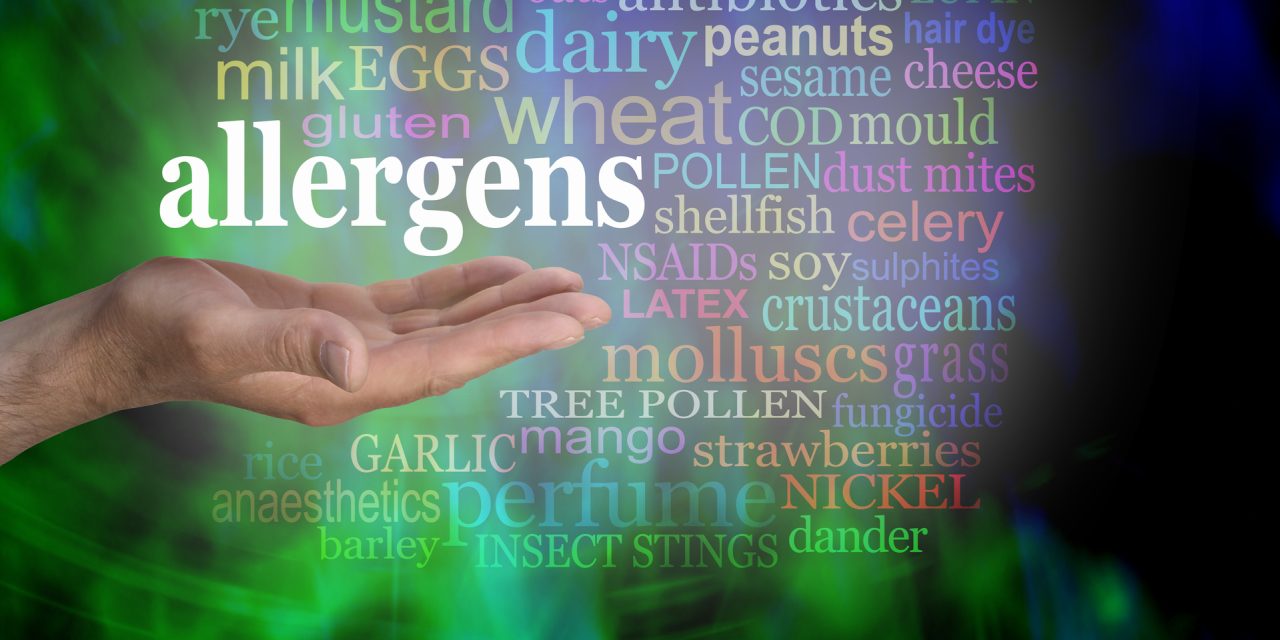Recently, a continuous increase in environmental pollution has been observed. Despite wide-scale efforts to reduce air pollutant emissions, the problem is still relevant. Exposure to elevated levels of airborne particles increased the incidence of respiratory diseases. PM constitute the largest fraction of air pollutants, containing particles with a diameter of less than 10 μm, metals, pollens, mineral dust and remnant material from anthropogenic activity. The natural airway defensive mechanisms against inhaled material, such as mucus layer, ciliary clearance and macrophage phagocytic activity, may be insufficient for proper respiratory function. The epithelium layer can be disrupted by ongoing oxidative stress and inflammatory processes induced by exposure to large amounts of inhaled particles as well as promote the development and exacerbation of obstructive lung diseases. This review draws attention to the current state of knowledge about the physical features of PM and its impact on airway epithelial cells, and obstructive pulmonary diseases.Copyright © 2021. Published by Elsevier Inc.
Biological effect of PM on airway epithelium-focus on obstructive lung diseases.


